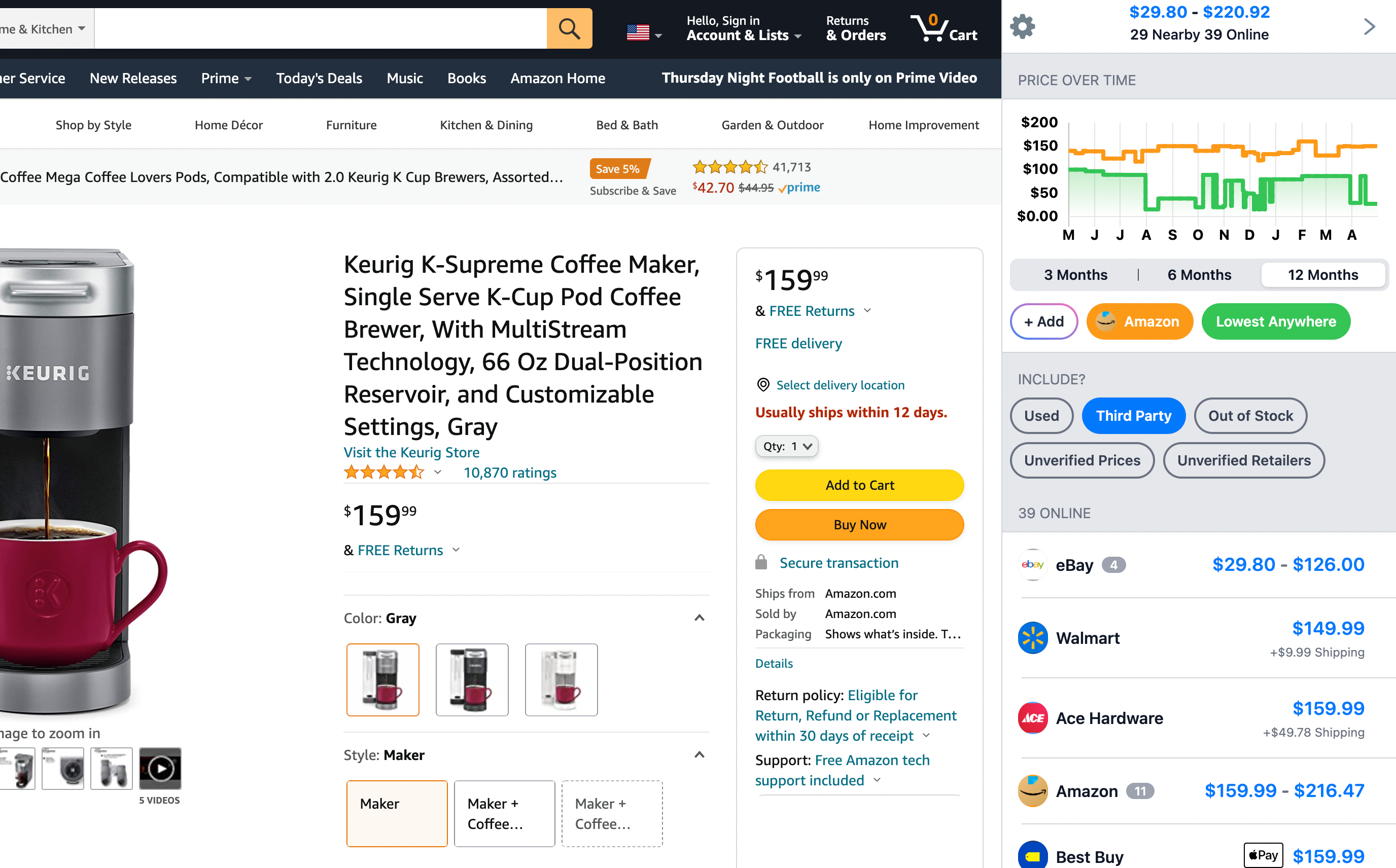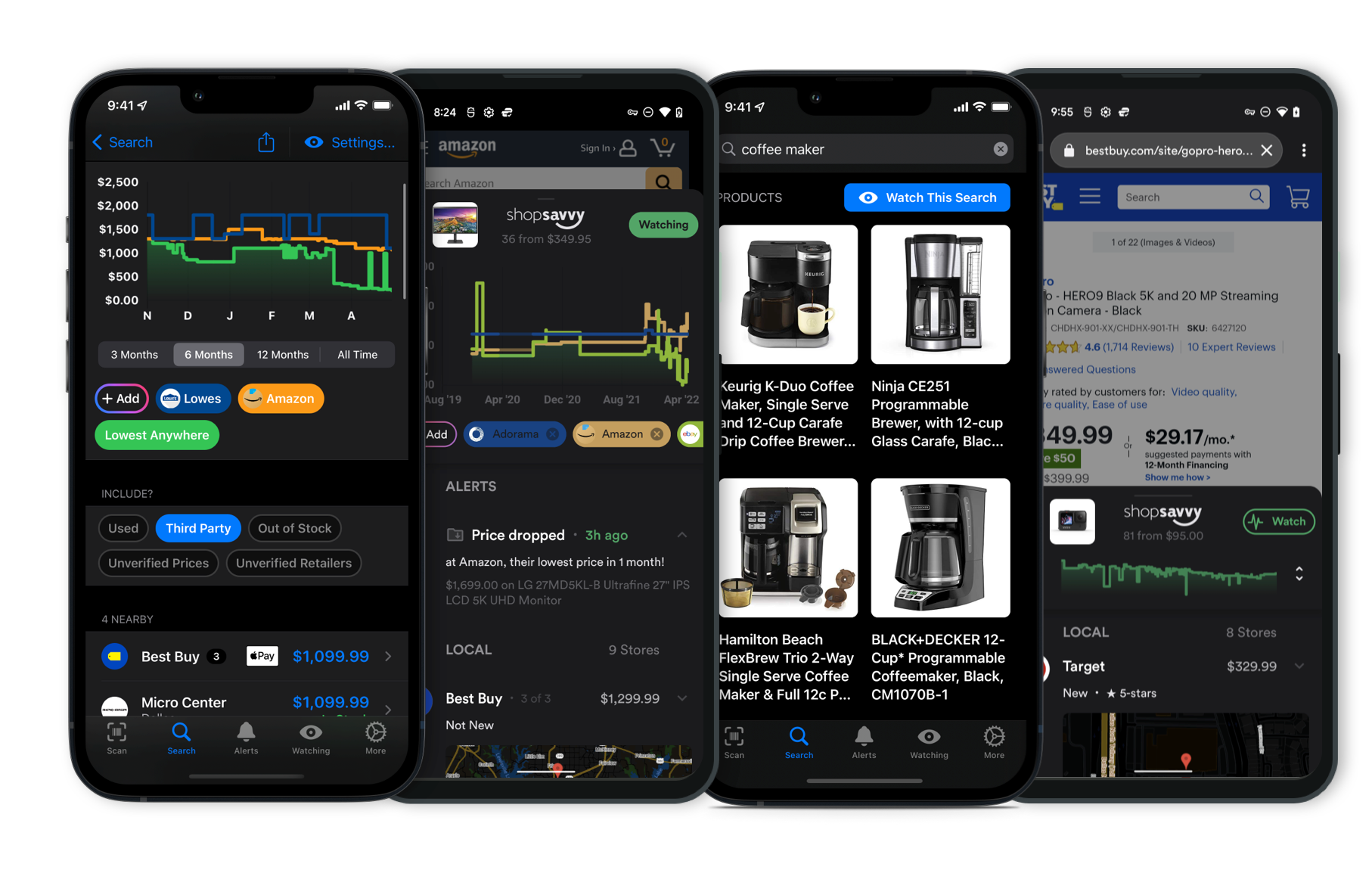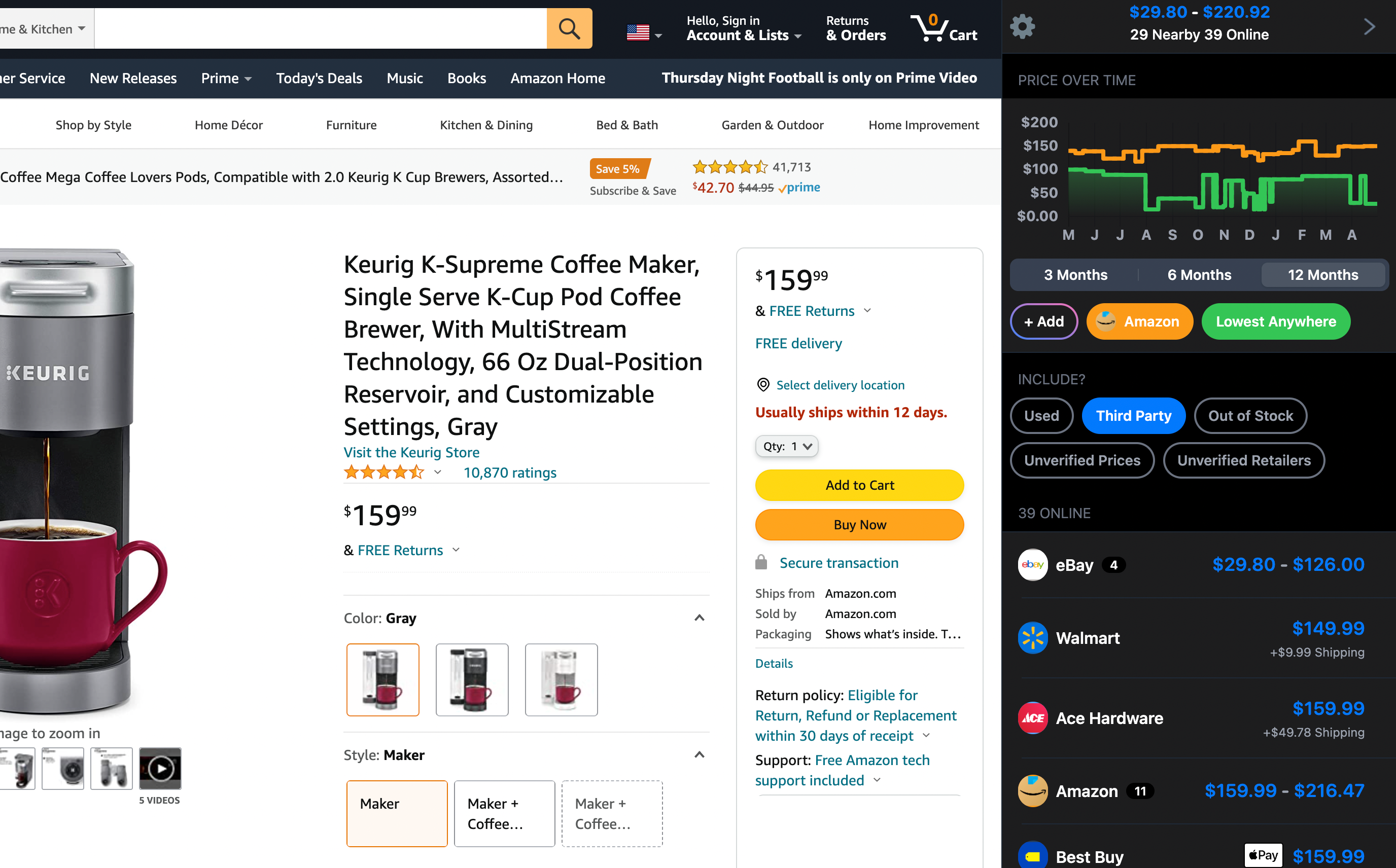How does the autofocus performance of the Sony RX100 VII compare to previous models?

The autofocus performance on the Sony RX100 VII certainly steps up from its earlier versions. We're talking about an autofocus speed of 0.02 seconds, which is super fast and makes a big difference when you're trying to capture fast-moving action or quick moments.
When you compare it to the RX100 VI, the RX100 VII keeps those advanced autofocus features but ramps them up with Real-Time Tracking and Real-Time Eye AF. These use AI to keep track of moving subjects effortlessly, which is handy if you're into shooting sports or wildlife.
From our research, some folks have pointed out the improved low-light performance too, thanks to its 1.0-type stacked CMOS sensor and the BIONZ X processor. This combo helps you capture clear images with good detail even when the lighting isn't great.
And with a high ISO range up to 12800, it's still pretty capable in those darker settings, though you might see some noise at the really high ISOs.
The lens on this bad boy is a Zeiss Vario-Sonnar T* 24-200mm with an aperture from f/2.8 to f/4.5, which gives you a pretty good zoom range. It's versatile enough for a lot of scenarios without needing the size of a camera with interchangeable lenses.
Of course, like other similar cameras, the RX100 VII has some limits in really low-light conditions. You might need to tweak some settings or use extra techniques to get the best shot.
So, if you're considering moving up from an older model, the faster and smarter autofocus on the RX100 VII could be a game changer for you.
Where to Buy
Considering the ?
Here's our "TLDR" Review
 Download ShopSavvy App
Download ShopSavvy AppCompare prices for anything in real-time, set price alerts, watch for deals by keyword, and much more
 Install ShopSavvy Browser Extension
Install ShopSavvy Browser ExtensionCompare and track prices automatically while you shop online at thousands of websites.
More Answers
If you're still curious about the , here are some other answers you might find interesting:
The Sony RX100 VII could be a great fit if you're into vlogging and want something both portable and high-quality. It doesn't have interchangeable lenses like some bigger cameras do, but it comes with a pretty solid 24-200mm zoom lens. The manufacturer describes it as versatile enough to shoot everything from wide landscapes to close-ups—so it should cover plenty of vlogging scenarios.
For such a compact camera, it really does deliver when it comes to image quality and performance. Our research suggests that folks are pretty happy with how well it handles both photos and video, especially with its fast autofocus. It's a favorite for people who want something easy to carry, making it useful if you're into travel vlogging or just need a reliable camera for on-the-go recording.
A downside is that you can't switch up the lenses, which might be a dealbreaker if you want more control over your shots. But if you're looking for a solid all-in-one camera with excellent video features, like 4K recording and a flip-up screen for easy self-filming, it's worth considering.
If swapping lenses is a must-have for you, maybe take a look at something like the Sony Alpha series that offers that flexibility.
However, if you prioritize portability and high-quality video in a small package, the RX100 VII seems like a standout choice. Based on our research, it has a good reputation for being versatile and user-friendly, which makes it a solid pick whether you're new to vlogging or have been at it for a while.
How does the autofocus performance of the Sony RX100 VII compare to previous models?
The autofocus performance on the Sony RX100 VII certainly steps up from its earlier versions. We're talking about an autofocus speed of 0.02 seconds, which is super fast and makes a big difference when you're trying to capture fast-moving action or quick moments.
When you compare it to the RX100 VI, the RX100 VII keeps those advanced autofocus features but ramps them up with Real-Time Tracking and Real-Time Eye AF. These use AI to keep track of moving subjects effortlessly, which is handy if you're into shooting sports or wildlife.
From our research, some folks have pointed out the improved low-light performance too, thanks to its 1.0-type stacked CMOS sensor and the BIONZ X processor. This combo helps you capture clear images with good detail even when the lighting isn't great.
And with a high ISO range up to 12800, it's still pretty capable in those darker settings, though you might see some noise at the really high ISOs.
The lens on this bad boy is a Zeiss Vario-Sonnar T* 24-200mm with an aperture from f/2.8 to f/4.5, which gives you a pretty good zoom range. It's versatile enough for a lot of scenarios without needing the size of a camera with interchangeable lenses.
Of course, like other similar cameras, the RX100 VII has some limits in really low-light conditions. You might need to tweak some settings or use extra techniques to get the best shot.
So, if you're considering moving up from an older model, the faster and smarter autofocus on the RX100 VII could be a game changer for you.
So, you're curious about the battery life of the Sony RX100 VII? According to the manufacturer's specs, it uses an NP-BX1 battery and gives you around 260 shots if you're using the LCD.
Switch to the viewfinder, and you'll get about 240 shots. When it comes to recording video, it offers about 75 minutes of continuous shooting.
Keep in mind, in real life, the battery might run out faster, especially if you're taking lots of burst photos, using the flash a lot, or shooting high-def video. Based on our research, some people suggest having a spare battery on hand for long outings or events.
Sure, the battery life isn't the longest compared to other cameras, but the RX100 VII has a lot going for it, like top-notch image quality and cool features like real-time tracking and Real-time Eye autofocus.
These aspects have been praised according to our findings, making it a strong performer in capturing both photos and videos.
If battery life is a concern, a portable charger or extra batteries might be a smart move to avoid missing a moment.
Although you may need to plan a bit around the battery, the RX100 VII is still a favorite for both casual and pro photographers who value its mix of portability and performance.
Explore Content
Footer 1
Published
Subscribe for Updates
Get the latest news, and updates on ShopSavvy. You'll be glad you did!










